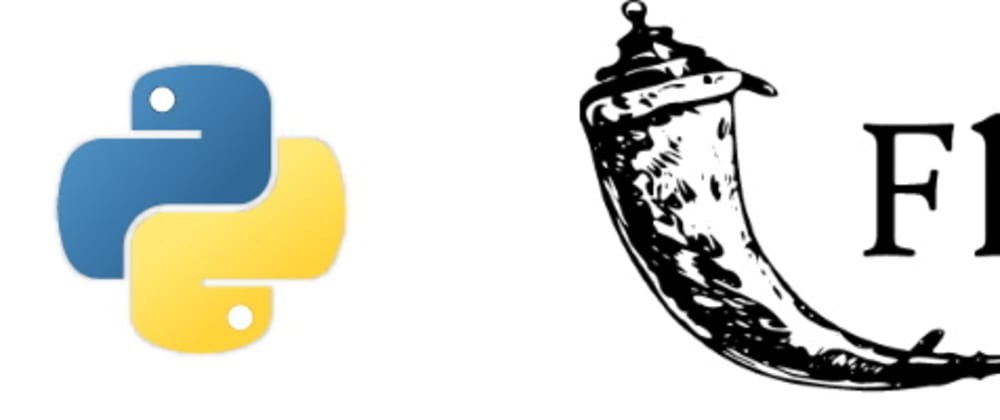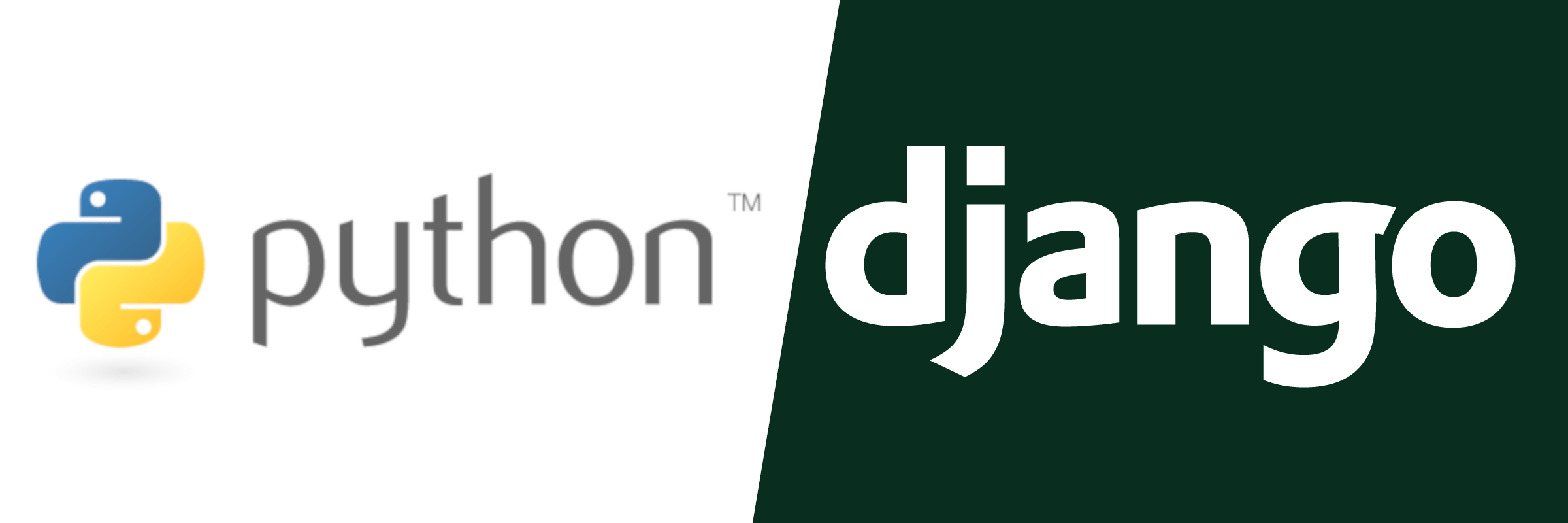This article was published as a part of the Data Science Blogathon.
Introduction
We all know how popular the Python programming language is amongst Machine learning enthusiasts. So, once a machine learning model is ready, the next step is to deploy it to be used efficiently. But for deployment, there are various frameworks in Python that can be used. Flask vs Django is going to be an interesting comparison as both Python frameworks, and which one to choose for deployment is a good question. If you are also confused and stuck at the deployment stage, this article is for you. So, let’s deep dive and find out which is the best choice.
Image Source: https://programinghub.in
Choosing a Python Framework for model deployment depends on various criteria. We will go through each one by one. Firstly, let’s have a brief background to Flask and Django.
Flask
Flask is a micro web framework that is written in Python. Flask is very easy to learn, and also its implementation is straightforward. In just a few lines of code, you can get started with this. Flask is used in top tech companies also like: Netflix, Reddit, Mozilla, and so on.
Image source: https://dev.to
You can install this using pip: pip install flask.
With just this piece of code, you can get started:
from flask import Flask, render_template
app = Flask(__name__)@app.route('/')
def home():
return "
Hey there!
”
if __name__ == ‘__main__’:
app.run(debug=True)
Features of Flask:
- Built-in development server and fast debugger
- Neat API
- Flexible configurations
- Integrated Unit testing support
Refer documentation here: https://flask.palletsprojects.com/en/2.0.x/quickstart/
Django
Django is also a web framework built on python. It’s open-source, accessible, and follows the MVC pattern(Model View Controller). Django provides excellent security features like CSRF, lightweight servers for dev and testing, etc. But since it has this MVC pattern, it confuses a lot of beginners. Instead, it is a perfect option for web development and deploying Machine learning models; many popular sites like Pinterest, Instagram, etc., are running on Django.
Image source: https://www.mattlayman.com/
Features of Django:
- Secure framework
- Versatile
- Scalable
- Maintainable
- Portable
Refer documentation here: https://docs.djangoproject.com/en/4.0/
Head to head general comparison between Flask and Django:
| Django | Flask |
| It is a full-stack web framework and provides a lot of features. | It is a lightweight framework with minimalistic features. |
| It comes with a ready-to-use admin framework that can be customized as well. | No such feature here. |
| This framework ensures that developers use best practices because everything is template-based here. | It is more open-ended, and developers don’t follow best practices here. |
| Django requires more lines of code. | Flask required much fewer lines of code for the same task as Django. |
Now, let’s discuss what should be selected from these two for your Machine Learning model deployment.
How big is your Machine Learning project?
Some of the Machine learning models are very simply trained; for them using Flask is a good choice because Django is very much featured bulky framework, and hence not recommended for use with such models. If you compare lines of code in the application written in Django as compared to the Flask, Django will always have more lines. Django also has a proper folder structure and many libraries, making it unsuitable for small and simple machine learning models.
So, Flask is sufficient for almost all the machine learning models. If you have minor HTML code(around 100 lines) and smaller CSS code, you need to write very little regulation in Flask for model deployment. Django can also be used, but it will be complex and more suitable for those developers who are advanced in Python. Because that would require a lot of documentation reading, understanding the structure, and various other things, whereas, with Flask, there is no such headache.
How familiar are you with Python?
Python is a straightforward and loved language, that comes with comprehensive and rich community support. Its syntax is concise, so a beginner does not face many issues while working with this. But instead of this, if you are not a master in Python, probably Flask is a good choice for you and will suit you more. But if you are a python expert, you might like Django more than the Flask.
Do you need Authorization and Authentication?
Django comes with an integrated package for handling authorization and authentication. Django allows you to configure Users, Groups, Password hashing systems, and many other configurations. You can find these functionalities in the Django.contrib.auth module of Django.
But when we talk about Flask, there comes no built-in authorization and authentication, and you require an extension in the Flask for these things. Some extensions which are used in Flask to get this functionality are Flask-login, Flask-WTF, etc.
So, you can see that in both Flask and Django, you can get authorization and authentication. Django provides you with in-built things, whereas in Flask, you have to manage through extensions.
Community support of both the frameworks
Every one of us, while developing something or writing programs, need help when we get stuck with bugs. Be it a pro or a newbie in coding; everyone needs community support at some point in time. And if you have solid and broad community support, life becomes much more accessible. So, when we discuss community support of both Flask vs Django, it is good, extensive, and knowledgeable. Django came into existence before Flask some five years ago. But instead of that, community support of both the frameworks is balanced and incredible for machine learning model deployment. You will most probably get answers to all your queries. So don’t worry about community support for both of them.
Do you need Form Handling?
Form creation and handling in both frameworks are comparable. Both provide client-side validation as well as server-side validation. They both also handle common security threats. But the design of forms from models is dealt with by Django’s ModelForm, whereas Flask does have a native form handling feature, and Flask has to rely on the Flask-WTF extension. Django also protects cross-site scripting, forgery, and SQL injection. So, both of these almost provide the required things.
Final Verdict
If you need to respond to an HTTP query or your model is small, and the codebase is light, go directly for a Flask-based application. But if you want to build something like next Facebook, Django will be a much better choice. If you have any confusion or doubt about which one to go for directly, go for Flask, it is straightforward, simple, and sure, it will get your work done. Django is also a fantastic package for building excellent applications, but it is confusing for beginners. For example, routing in the Flask is very easy, but that very same work in Django is a little bit complicated for beginners.
End Notes
So, in this article, we had a look at Flask vs Django and which one is better for deploying machine learning models. So, now you can take your decision quickly.
I hope you find this article helpful. You can connect with me on blog.
Thanks for reading my article on Flask vs Django :).
Happy coding!
Want to read more articles on Python’s frameworks? Then, head on to our blog now.
The media shown in this article is not owned by Analytics Vidhya and are used at the Author’s discretion.







